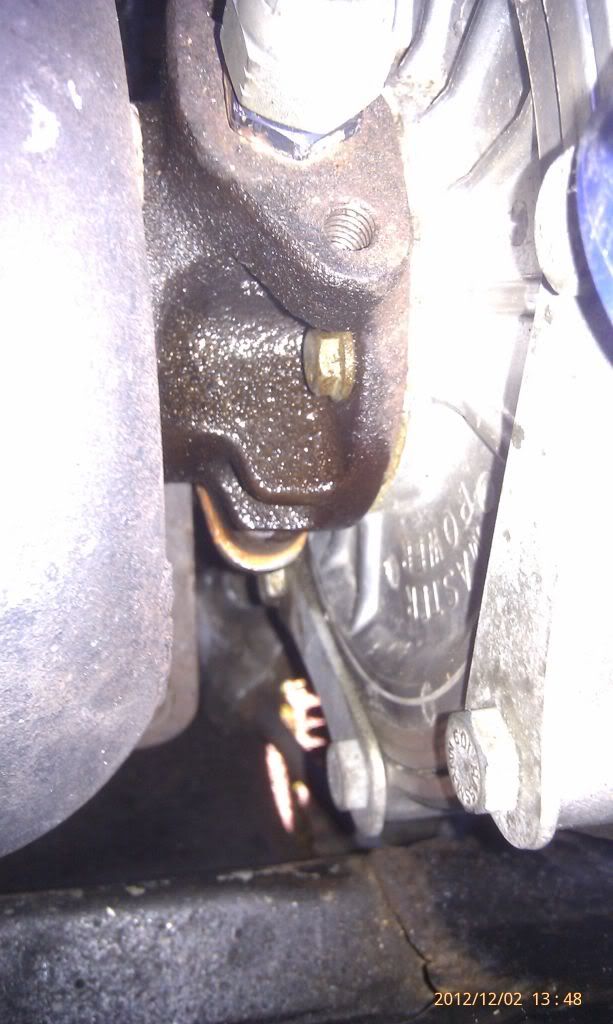dom187 wrote:
1 Can I use plastic primer as well?
2 Colour coat and clear coat wise can we use any paint or do we need to get specific plastic/fibreglass paint? (I am guessing no as this is the primers job?)
3 How many coats do we need of each layer? I was gonna do 3 of each with sanding between coats (not the clear coat).
If I have put anything massively noobish please feel free to point and laugh.... then correct me!!!!
1 Yes you can. It's more expensive than normal primer but it won't do any harm
2 Any paint you like...........are you using aerosol or paint gun and compressor? ( I presume aerosol)
3 The thing that will dictate how many coats you need is coverage. I have no idea how good you are, and I have no idea what standard you want

If you are sanding between colour coats you will soon see what you need as you will either be taking loads off with each rub down, or your finish will be smooth and you won't need as many coats

If you remember to make sure the room you are using is warm (or as warm as possible) and that paint is applied in thin and even applications, you should be fine. General rule of thumb is to chuck the paint cans in a bucket of warm water first to help the paint mix when shook (not boiling water and ten minutes is fine) Always spray a bit of paint onto masking paper or similar just before you start to paint, just in case it spits. Once any spitting is clear, make sure you use a level of pressure that allows the paint to come out at a consistent level. The easiest way to make sure you don't cock up the loading of the paint is to follow the lines of the object like a robot would do (I'm not taking the piss, but look at youtube clips of automated factory production lines or look at the lines that a pro painter takes in the paint booth........nice and steady pace, and he/she will follow the lines of the car keeping a constant distance from the car).
Once you have started to build up a layer of paint, you will be able to put slightly more on without the likelihood of runs but only slightly more and this is all subject to enough paint in the tin, room temp, surface temperature etc. Once the tin starts to run out, it is far more likely to spit once more.
Like I said earlier, there are a few people on here that can paint (and I suspect know far more than me) Russ and Tk being two off of the top of my head. I like painting but I am the first to admit I am very mindful of the low level of skill I have and the resulting standards I tend to get. I have painted using the proper preparation, equipment and materials and the standard was quite good, but these days I have to make do with aerosols, roller and a boredom threshold that means my own cars get a quick tidy up at best. Maybe the valeting will change my perspective from know on? Who knows

Have a practice first and try to get familiar enough with the processes before you have your dummy run. It really needn't be that tough on something like a splitter

PS- one thing that you haven't mentioned is panel wipe. Buy some from wherever you're buying your paint as this is a life saver when it comes to removing impurities and contaminants after you've rubbed down your primer and prior to putting fresh paint on.

